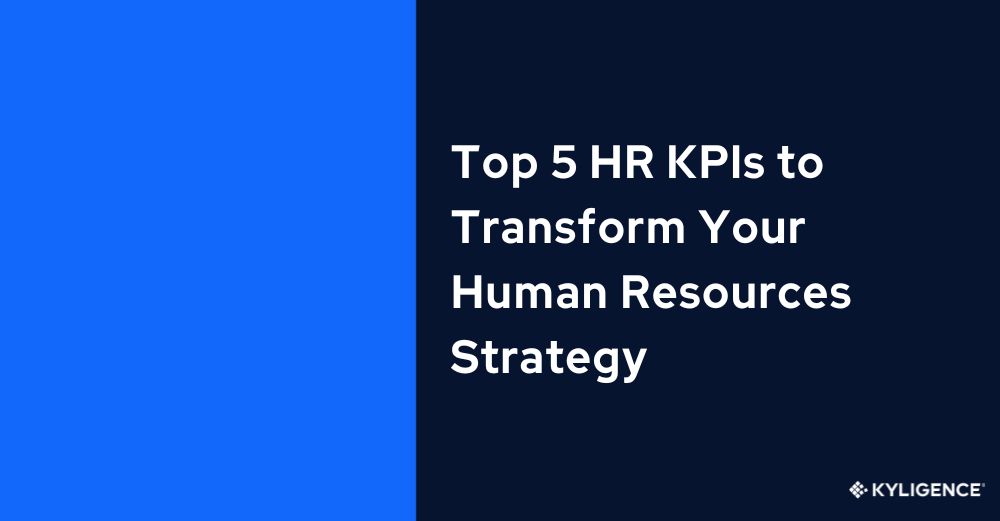Ⓒ 2023 Kyligence, Inc. All rights reserved.

Introduction
What are the top 5 HR Key Performance Indicators (KPIs) that can transform your Human Resources (HR) strategy in 2024? As HR professionals, managers, and business owners, understanding the importance of HR KPIs is crucial for effective decision-making and improving employee performance.
In this blog, we will delve into the significance of tracking HR KPIs and provide insights into the 5 key metrics to focus on. By implementing a robust HR KPI framework and leveraging HR analytics, organizations can make data-driven decisions to drive organizational success.
Let's explore how these HR metrics can revolutionize your HR strategy and contribute to your overall people and talent management strategy.
Understanding the Significance of HR KPIs
What are HR KPIs?
HR Key Performance Indicators (KPIs) are measurable metrics that help organizations track and evaluate their progress in achieving HR objectives.
These metrics provide valuable insights into various aspects of HR processes, such as recruitment, employee engagement, training and development, and overall workforce management. By setting specific HR KPIs, organizations can establish benchmarks and monitor their performance against these targets.
Importance of HR KPIs in Decision-Making
HR KPIs play a crucial role in decision-making within an organization. They provide valuable data-driven insights that enable informed and strategic decision-making.
By tracking HR KPIs, organizations can identify areas of improvement, measure the effectiveness of their HR strategies, and make necessary adjustments to achieve desired outcomes.
Effective decision-making is essential for optimizing HR processes and driving organizational success. With the help of HR metrics and analytics, decision-makers can gain a comprehensive understanding of workforce trends, employee performance, and overall organizational health. This enables them to make proactive decisions that align with business goals and drive positive outcomes.
Data-driven decision-making is particularly important in today's competitive business landscape. By leveraging HR analytics tools to track relevant KPIs, organizations can access real-time data insights that guide strategic decision-making. This ensures that decisions are based on accurate information rather than assumptions or guesswork.
Exploring the 5 Key HR KPIs for 2024
Employee Retention Rate
Employee retention rate is a critical HR Key Performance Indicator (KPI) that measures an organization's ability to retain its valuable talent. It provides insights into the effectiveness of employee engagement initiatives, compensation and benefits packages, and overall workplace satisfaction.
By tracking this KPI, organizations can identify factors affecting retention and implement strategies to improve it. A high employee retention rate indicates a positive work environment, strong leadership, and effective talent management practices.
Time to Hire
Time to hire is another important HR KPI that measures the efficiency of the recruitment process. It refers to the duration between posting a job opening and successfully filling the position. Reducing time to hire is crucial as it ensures faster onboarding and minimizes the risk of losing top candidates to competitors.
By streamlining recruitment processes, leveraging technology, and optimizing candidate evaluation methods, organizations can reduce their time to hire and attract top talent more effectively.
Cost per Hire
Cost per hire is a metric that quantifies the expenses incurred during the recruitment process for each new hire. It includes costs associated with advertising job postings, conducting interviews, background checks, onboarding activities, and other related expenses.
Tracking cost per hire helps organizations evaluate their recruitment budget allocation and identify areas where cost-saving measures can be implemented without compromising quality.
Recruiting Conversion Rate
Recruiting conversion rate measures the effectiveness of converting potential candidates into actual hires. It calculates the percentage of applicants who successfully progress through each stage of the recruitment process until they are hired.
A high recruiting conversion rate indicates efficient screening processes, effective candidate assessment methods, and strong employer branding efforts.
Average Time Stay
Average time stay refers to the average duration employees remain with an organization before moving on or being promoted internally. This metric reflects employee satisfaction levels, career development opportunities within the company, and overall workforce performance.
By tracking the average time stay, organizations can identify trends and patterns related to employee retention and make informed decisions to improve staff performance and increase job satisfaction.
Key Factors to Consider when Tracking HR KPIs
Data Accuracy and Reliability
Ensuring the accuracy and reliability of data used to calculate HR Key Performance Indicators (KPIs) is crucial for obtaining meaningful insights. Inaccurate or unreliable data can lead to flawed analysis and misguided decision-making.
To maintain data accuracy, organizations should implement robust data collection processes and use advanced HR analytics tools. These tools can help collect, analyze, and visualize HR data effectively, ensuring accurate KPI tracking.
By relying on accurate data, organizations can make informed decisions that drive positive outcomes and improve overall HR performance.
Alignment with Organizational Goals
Aligning HR KPIs with the overall goals and objectives of the organization is essential for strategic decision-making. When HR KPIs are aligned with organizational goals, it ensures that HR efforts are focused on achieving the strategic objectives of the company.
This alignment helps prioritize initiatives that contribute directly to the success of the organization. By aligning HR KPIs with organizational goals, organizations can optimize their human resources strategies, enhance employee performance, and drive positive business outcomes.
Conclusion
Implementing a robust HR Key Performance Indicator (KPI) framework can revolutionize your HR strategy and drive organizational success. By tracking the right HR KPIs, organizations can make data-driven decisions, improve employee performance, and stay ahead of the competition.
As we look towards the future, emerging trends in HR metrics and analytics will continue to shape the way organizations manage their workforce. To effectively track and analyze HR KPIs, it is essential to leverage advanced HR analytics tools like Kyligence.
With its accurate and efficient KPI tracking capabilities, Kyligence empowers organizations to make informed decisions that align with future developments and upcoming trends.
Try Kyligence free today!
